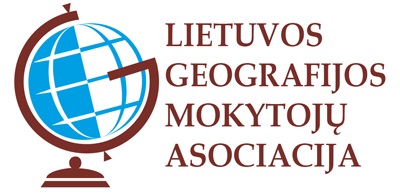Vocabulary - sex and pregnancy (Upper Intermediate)
Klausimas #1
This test aims at teaching vocabulary related to the human body and reproduction, and tests your knowlege of articles (an an, the), prepositions (in, at, on, etc.) and pronouns (I, we, she, they, etc.). Read the text carefully and decide which word is missing in each case. Use the dictionary link above to check the meaning of any words you do not know.
Getting the Sperm and Egg Together
Every day men create sperm their testicles. When a man has orgasm (and ejaculates), millions of sperm are released within fluid which is called semen.
Once month, a woman releases egg from one of her ovaries. A passage called a fallopian tube takes the egg from the ovary toward uterus. The whole female system is passageway: It goes from the ovary to the fallopian tube, to the uterus, to the cervix, to the vagina, and finally to outside world.
If ejaculation occurs during sex, millions of sperm are released into the vagina of the woman, where race through the cervix, then the uterus and the fallopian tubes hoping to find egg.
If sperm and egg meet and join this is called fertilization.
From Fertilized Egg to Baby
But even that isn't quite enough to make baby: The fertilized egg needs a place to hang on.
Each month woman's brain sends out hormones that cause changes in uterus. At one point the cycle, her body creates a potential home for the fertilized egg in the wall of her uterus. A woman can only become pregnant during the days when the uterus is ready. If the fertilized egg doesn't attach during this part of her menstrual cycle, it's all expelled from her body as part of period .
Pregnancy starts when the fertilized egg attaches the uterus.
Once it's attached to the wall of the uterus, egg grows into an embryo and eventually a fetus. As the embryo develops a fetus, a placenta develops. The placenta is an organ that connects the mother to the child. It supplies nutrients the fetus and takes away waste.
The Body's Changes
A woman's body goes through many changes during pregnancy. gains weight to help keep the fetus growing and protected. She produces more blood, so that there's enough for two bodies instead of one. Towards end of her pregnancy, a woman's breasts enlarge and get ready to produce milk. And preparation for the final delivery of the baby, some muscles and ligaments relax, so that has room to get out.
The entire process, from ejaculation to delivery, takes about 40 weeks.
If you want to know more about reproduction, visit Family Planning Association website.
Atsakymų variantai rodomi tik registruotiems sistemos eTest.lt vartotojams. Mokytojo registracija, mokinio registracija
Taškų skaičius už teisingą atsakymą: 25





